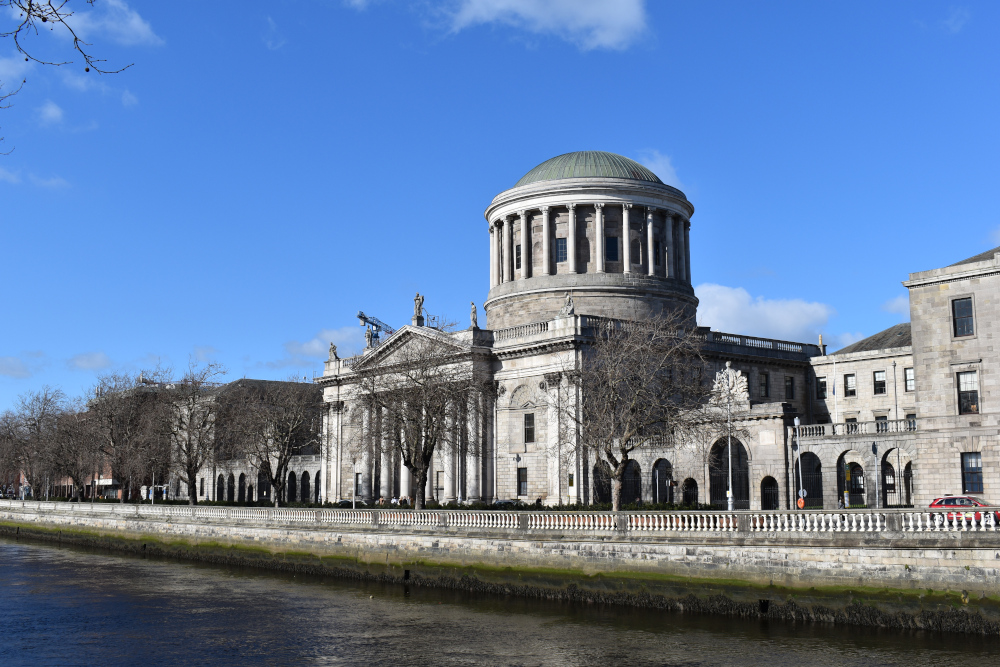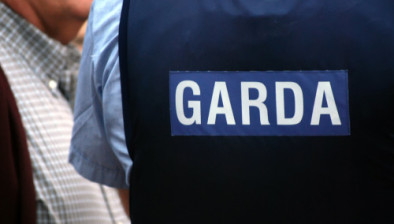Supreme Court: No basis for overturning ex tempore judgment concerning breath alcohol tests

The Supreme Court has refused to overrule its previous decision in DPP v. Freeman in the context of an appeal concerning the inadmissibility of statements produced by an intoxilyser where a “sequencing error” occurred.

About this case:
- Citation:[2024] IESC 36
- Judgment:
- Court:Supreme Court
- Judge:Ms Justice Iseult O'Malley
Delivering the lead judgment for the Supreme Court, Ms Justice Iseult O’Malley stated that she had, in DPP v. Avadenei, “said that Freeman should be regarded as being at the far end of the spectrum of insistence on the letter of the law”.
The judge continued: “I remain of that view, and would not wish to see the Freeman analysis extended by way of analogy to cases concerned with different facts and a different legislative setting. However, I do not see that the conditions for overruling a prior decision of this Court on a question of statutory interpretation have been met.”
Background
The respondent was arrested on suspicion of drink-driving pursuant to s.48(2) of the Road Traffic Act 2010.
At the Garda station, the respondent was required to provide two breath specimens by exhaling into an intoxilyser pursuant to s.12 of the 2010 Act. Having received a “fail” result, two identical statements were produced by the intoxilyser.
S.13(2) of the 2010 Act requires that statements shall be in a prescribed form and duly completed by the garda stating the concentration of alcohol in the specimen. S.13(3)(a) thereof further requires that the statements shall then be signed by the person who provided the breath samples.
The appellant accepted that the statements were signed in the wrong order, with the appellant being asked to sign first, and the garda signing subsequently, contrary to the sequence as set out in s.13(2) of the 2010 Act and contrary to the Road Traffic Act 2010 (Section 13 (Prescribed Form and Manner of Statements) Regulations 2015 (S.I. No. 398 of 2015).
Having been convicted of a drink-driving offence pursuant to the 2010 Act in the District Court, the respondent appealed his conviction to the Circuit Court. The trial judge subsequently stated a case to the Court of Appeal.
Court of Appeal
The Court of Appeal determined that the trial judge was bound by a case on identical facts, Director of Public Prosecutions v. Freeman (unreported, 25 March 2014), in which the Supreme Court determined in an ex tempore judgment that this “sequencing error” meant that a statement could not be held to have been “duly completed” and so was inadmissible evidence of the matters stated therein.
The Court of Appeal also considered that Freeman had not been overruled by Director of Public Prosecutions v. Avadenei [2017] IESC 77; [2018] 3 I.R. 215, a later case in which the Supreme Court categorised situations in which a flaw in implementing statutory procedure could invalidate evidence produced thereunder, including inter alia where power is erroneously exercised, or procedures are erroneously followed, such that the evidence proffered as a result does not prove what it was intended to prove.
The court in Avadenei also suggested: “If a breach of the statutory procedure is established, but it has had no consequences in that no unfairness, prejudice or detriment can be pointed to, then the normal standards applicable to criminal trials would indicate that the evidence is admissible. My own view, therefore, would be that both McCarron and Freeman should be regarded as being at the far end of the spectrum of insistence upon the letter of the statute.”
The Court of Appeal concluded that the observations in Avadenei relied upon by the respondent were obiter, that the ratio was the conclusion in relation to s.12 of the Interpretation Act 2005, and that Freeman remained binding on lower courts.
The Supreme Court
On appeal to the Supreme Court, Ms Justice O’Malley considered the central issue in the appeal to be “the proper interpretation of the statute in order to discern the legal effect of the error, in circumstances where the error made by the garda had no effect on the rights of the respondent to a fair trial”.
The judge explained that in Avadenei, the court was not concerned with any error on part of gardaí — rather, the issue was the consequence of the fact that the statement as generated by the intoxilyser was not in full compliance with the applicable regulations because it did not include a version in Irish, contrary to s.12 of 2005 Act.
Highlighting that the 2005 Act did not play a role in the case before the court, the judge recounted that Avadenei considered about 30 authorities including Freeman, but that neither party had relied upon or furnished a record of that decision to the court and there was no reason to think that the reasoning of McMenamin J. had not been approved.
Finding that the appellant was now asking the court to expressly overrule Freeman in light of the analysis in Avadenei, Ms Justice O’Malley considered: “This is not a case where there is a claim that the taking of the breath specimen was done in circumstances of a breach of constitutional rights, such as an unlawful arrest… Nor, in my view, is the proper approach to ask whether an error in sequencing has had any effect on the fair trial rights of the accused — although if it was, the Court would have to say that there was none.”
The judge continued: “In my opinion this case falls within, not the third but the fourth of the Avadenei categories — cases where a power is erroneously exercised, or procedures are erroneously followed, in such a fashion that the evidence proffered as a result does not in fact prove what it was intended to prove.”
Examining the legislative provisions, Ms Justice O’Malley thought it clear that the statement was required to be signed by the garda as they are responsible for inputting information identifying the accused as the one to whom the analysis relates and must certify that the document was produced by the apparatus after analysis of the specimen.
Finding that it “is that signature that is essential to make the document admissible as proof that its contents are true”, the judge highlighted: “The arrested person signs for the purpose of acknowledging receipt but could not be held to have thereby certified, accepted or warranted to the content of the document. The presence or absence of that person’s signature does not affect the question of admissibility.”
The court explained that arguably, the sequencing requirement was therefore principally related to the potential criminal liability of a person who refuses to sign the statement, in that one could not be convicted of refusal if the garda had not signed it first.
Whilst recognising that “a case where both have in fact signed, an error in sequencing should, on this argument, have no effect on admissibility in the proceedings for the substantive offence”, the Supreme Court nonetheless determined that Freeman should not be overruled unless it was “clearly wrong” in line with Mogul Of Ireland v Tipperary (North Riding) County Council [1976] I.R. 260.
Ms Justice O’Malley noted considerations such as the fact that Freeman was an ex tempore judgment given by a Supreme Court comprised of three judges and that the court had not expressly discussed any of the earlier authorities such as Director of Public Prosecutions v Keogh (unreported, High Court, 9th February 2004).
However, in light of the fact that the Supreme Court in Freeman had been dealing with an appeal where there was a detailed discussion of the relevant authorities in a written judgment, Ms Justice O’Malley considered: “In such circumstances I do not believe that an appellate court giving an ex tempore judgment must always recite and analyse the authorities referred to in the hearing.”
Observing that the facts of Freeman were identical to the case before her and that the garda’s failure to duly complete the statements had not been contested, Ms Justice O’Malley considered the court bound by Freeman.
Conclusion
Accordingly, the Supreme Court dismissed the appeal.
Director of Public Prosecutions v Hodgins [2024] IESC 36











